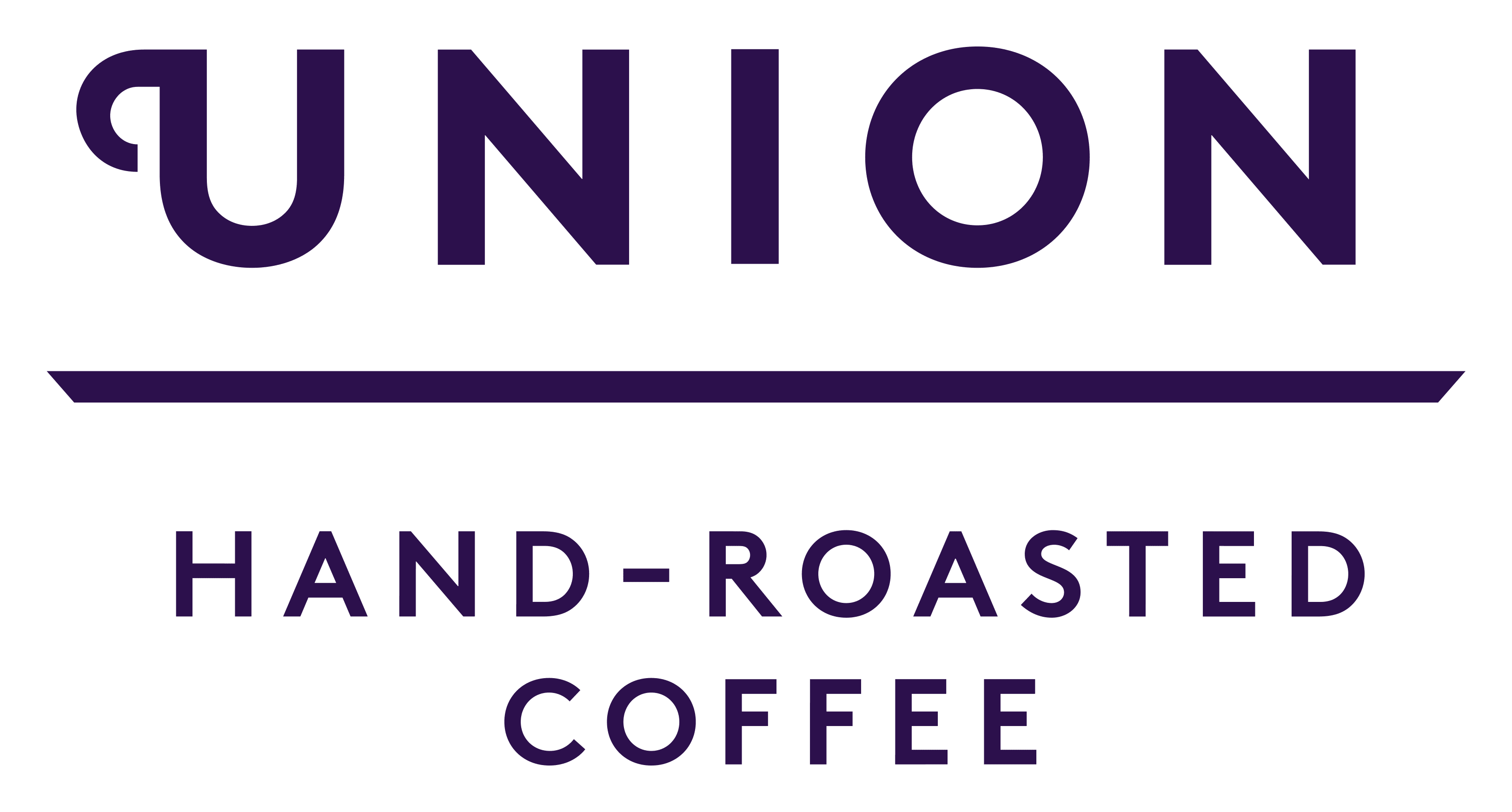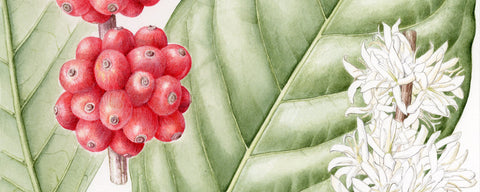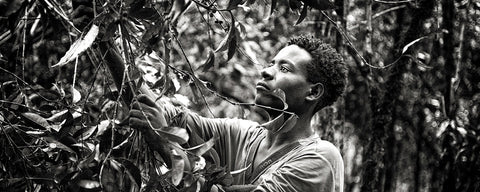First Published - June 22, 2012
The essential ingredient for our roasting is the seed of the coffee plant . This fruit contains two seeds which are separated out during post-harvest processing and it is this part of the bean that we roast. Most of world coffee production is commodity grade. However, at Union we source and roast only specialty grade Arabica beans; a level of quality that accounts for <1% of global production. Coffees of this status are grown at higher altitudes and tend to have a smaller yield per hectare compared to commodity grade coffees. Specialty arabicas are produced for flavour not volume. There is a wide range of different qualities within Arabicas; classifying a coffee as Arabica alone doesn’t reflect a mark of quality. Physical grading and sensory evaluation of the coffee are essential.
On the tree, coffee beans ripen into dark red fruits, the colour of ox blood. At this point they are ready for picking and post-harvest processing. The skin (exocarp) which is the outer layer of the bean covers a fleshy pulp (mesocarp) that is removed in the wet mill by depulping and this waste product is used for organic composting. The bean is encased by a protective parchment coat, which is covered in a mucilaginous material (the pectin layer) that is removed to produce wet parchment coffee that requires careful drying. When the coffee is prepared for export, this parchment coating (hull or endocarp) is removed by milling, to reveal a clean coffee bean covered by a thin silver skin (testa epidermis).


